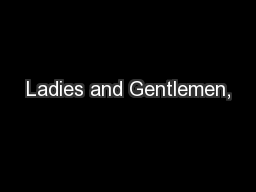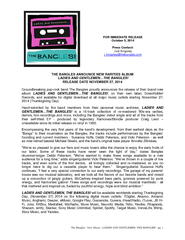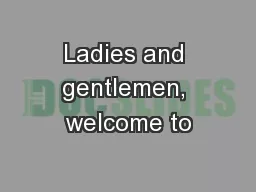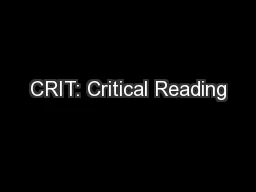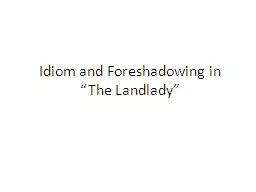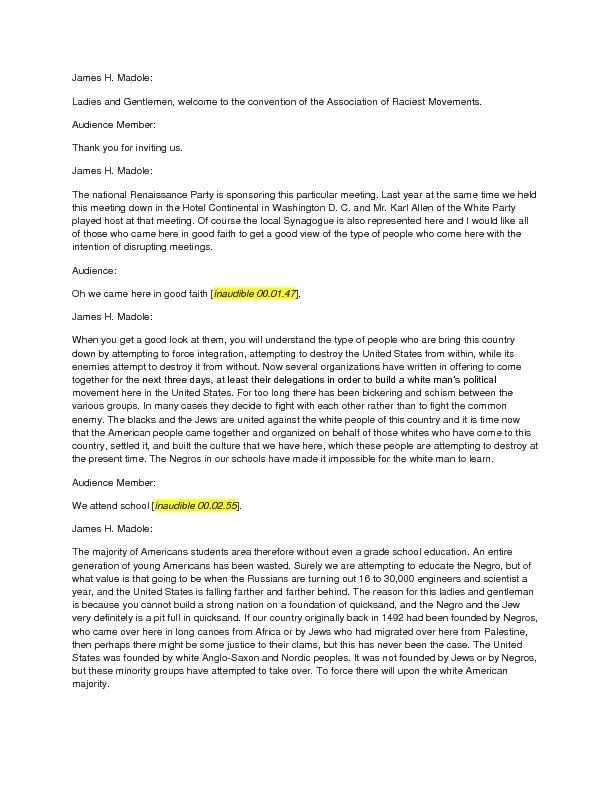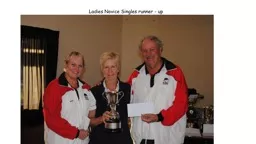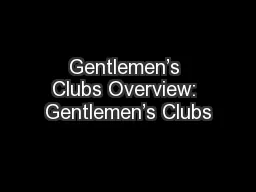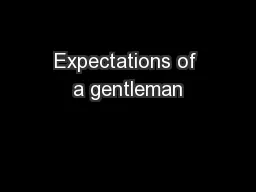PDF-Ladies and Gentlemen,
Author : stefany-barnette | Published Date : 2015-07-27
A very good morning to you all It is my great pleasure to welcome you here this morning to this third technical symposium organized by the trilateral cooperation
Presentation Embed Code
Download Presentation
Download Presentation The PPT/PDF document "Ladies and Gentlemen," is the property of its rightful owner. Permission is granted to download and print the materials on this website for personal, non-commercial use only, and to display it on your personal computer provided you do not modify the materials and that you retain all copyright notices contained in the materials. By downloading content from our website, you accept the terms of this agreement.
Ladies and Gentlemen,: Transcript
Download Rules Of Document
"Ladies and Gentlemen,"The content belongs to its owner. You may download and print it for personal use, without modification, and keep all copyright notices. By downloading, you agree to these terms.
Related Documents

